How do I pressure correct ECM AFR readings?
AFR Correction Formulas should be used to adjust your ECM AFR Module’s readings for various fuel types and pressure conditions.
Tip: If both Fuel Type Compensation and Pressure Compensation are required, apply Pressure Compensation first, then Fuel Type Compensation.
AFR Module Fuel Type Compensation
The standard AFR Module output is for gasoline (e.g. with a typical measured range of 8.0 to 18.0 AFR) with a fuel HC ratio of 1.85 and an OC ratio of zero. If a fuel of a different composition is used, the AFR measurement range will be different. The analog output formula and AFR measurement range for commonly used fuels are given in the formula and table below:
AFR corrected = [(2.368 x (m – 2p + 4)) / (m + 16p + 12)] x AFR measured
where: AFR corrected is the AFR for the fuel of HC=m and OC=p composition.
AFR measured is the AFR output by the AFR Module (i.e. 8.0 to 18.0 AFR).
Valid for m > (2p – 4).
| Fuel Type | AFR Reading vs. Output Voltage | Working Range |
| Methanol (race car “alcohol”) | AFR = 0.888 x Vout + 3.55 | 3.55 to 7.99 |
| Ethanol (grain alcohol) | AFR = 1.236 x Vout + 4.94 | 4.94 to 11.12 |
| M85 | AFR = 1.039 x Vout + 4.16 | 4.16 to 9.36 |
| E85 | AFR = 1.340 x Vout + 5.36 | 5.36 to 12.06 |
| Natural Gas (CH4) | AFR = 2.366 x Vout + 9.46 | 9.46 to 21.29 |
AFR Module Pressure Compensation
All wide-range exhaust sensors have pressure sensitivity. Errors occur when the sensor is operated at pressure different from the pressure at which it was calibrated. Variations in the pressure can occur from changes in engine backpressure, weather, and altitude. While there is no error due to pressure under stoichiometric (lambda = 1) conditions, deviation increases the further from stoichiometric the engine is operated. Increases in pressure cause the sensor to read further from stoichiometric (i.e. when lean it reads leaner, when rich it reads richer).
For example, an increase in exhaust pressure of 127 mmHg above the calibration pressure (which would result from calibrating 1 mile above sea level and then driving down to sea level) would make a 12.65 AFR engine read 12.50 or a 16.77 AFR engine read 17.00.
Pressure Compensation for AFR:
AFR(corrected) = (AFR(measured) + B x P) / (1 + C x P)
where: AFR (corrected) = the AFR corrected for exhaust pressure.
AFR(measured) = the AFR output by the AFM.
B = 0.009140 for AFR < 14.57 (rich).
B = 0.012100 for AFR >= 14.57 (lean).
C = 0.000627 for AFR < 14.57 (rich).
C = 0.000830 for AFR >= 14.57 (lean).
P = the exhaust pressure in mmHg above the pressure at which the sensor was calibrated (using the CAL POT on the AFM while the sensor is held in air).
Valid for -152 mmHg < P < 532 mmHg.
Pressure Compensation for Lambda:
Lambda (corrected) = (Lambda (measured) + B x P) / (1 + B x P)
where: Lambda (corrected) = the Lambda corrected for exhaust pressure.
Lambda (measured) = the Lambda output by the AFM.
B = 0.000627 for AFR < 1.0 (rich).
B = 0.000830 for AFR >= 1.0 (lean).
P = the exhaust pressure in mmHg above the pressure at which the sensor was calibrated (using the CAL POT on the AFM while the sensor is held in air).
Valid for -152 mmHg < P < 532 mmHg.
Pressure Compensation Equation for %O2:
%O2 (corrected) = (%O2 (measured) / (1 + B x P)
where: %O2 (corrected) = the %O2 corrected for exhaust pressure.
%O2 (measured) = the %O2 output by the AFM.
B = 0.000830
P = the exhaust pressure in mmHg above the pressure at which the sensor was calibrated (using the CAL POT on the AFM while the sensor is held in air).
Valid for -152 mmHg < P < 532 mmHg.
